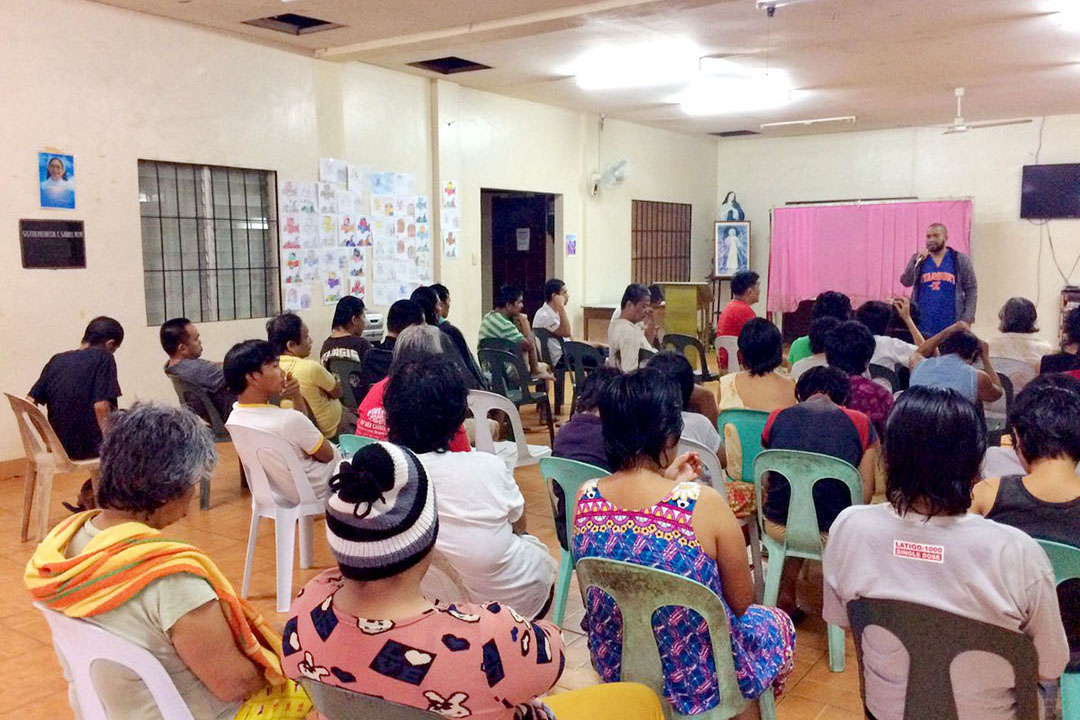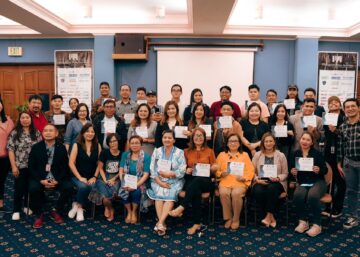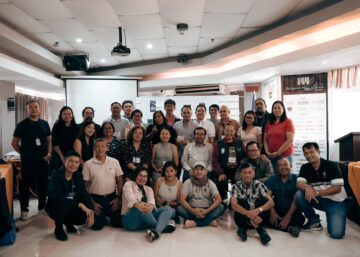Reportage for this series, originally published by Business week Mindanao and Mindanao Daily News on April 30 and May 4, was made possible through a modest grant from PPI to help member publications’ reporters or contributors explore both unreported and underreported issues that are relevant to the Philippine elections. The following two-part series focuses on what candidates in Cagayan de Oro City running on specific platforms plan to do about the rising mental health concerns in the province.
Different parties, different strokes Local pols (re)imagine CdO’s mental-health facility, program
First of a two-part series
By Lina Sagaral Reyes Contributor
To build or not to build a mental health facility is no longer a question among politicos in Cagayan de Oro City in Mindanao. All the three contending political parties in the coming May 2016 elections agree the time is ripe to build one.
The Centrist Democratic Party (CDP), Liberal Party (LP) and the Padayon Pilipino Party (PPP) have all claimed that constructing a mental hospital is among their to-do list, should their candidates win.
But the three political organizations differ in their strategies to fulfill the promise of a public facility deemed to improve access to mental health services for the city’s population of almost 700,000, who are living in communities that bear the brunt of mental health disorders, some of which are drug-abuse related.
Quoting the World Health Organization (WHO), epidemiologist Aileen Alfonso Duldulao in a study of clients data at a local psychiatric facility here noted that “(I)n the Philippines, the need for in-patient psychiatric care is severely unmet. According to the 2014 Mental Health Atlas Country Profile for the Philippines, there were only 3 inpatient mental hospitals, 14 psychiatric units in general hospitals, and 15 inpatient residential care facilities to serve a population of over 100 million.”
In Mindanao, the 200-bed Davao Mental Hospital at the Southern Philippines Medical Center compound is the only public psychiatric facility. While in Cagayan de Oro City, the Catholic-owned 100-bed House of Hope Foundation Inc. (HoHFI) custodial facility provides services to clients from Cagayan de Oro City, Misamis Oriental and other provinces in Northern and Western Mindanao. A residential treatment and rehabilitation center managed by the Department of Health and three other private residential centers treat the drug-addicted. Ironically, the Northern Mindanao Medical Center (NMMC) does not have a psychiatric ward nor a psychiatrist on its medical staff.
Centrist Democratic Party: Mental health as part of full/total health
For Rufus Rodriguez, CDP president and mayoralty candidate, the health of a community is incomplete without considering the mental health of its residents. He told MDN that health-care has been always his priority. During his three terms in Congress as representative for the second district of Cagayan de Oro, he has filed more than 30 health-related bills in Congress.
During the 15th and 16th Congresses, he and his brother Maximo, party-list representative for Abante Mindanao, co-sponsored a bill (HBs #3390 and #4051, respectively) that provided for a national mental health-care delivery system. In both instances, the bill suffered a stillbirth, and did not muster a second reading. Until now, the country still does not have a stand-alone law on mental health, an anomaly that it shares with half of the member-countries of the United Nations.
Providing health services, including a mental health facility, is foremost in the HEED, the acronym of CDP’s umbrella agenda for action. “The HEED agenda were developed by listening to our constituents through consultations and heeding their demands. HEED stands for the priority programs: Health, Education, Employment and Dwelling,” Rodriguez told MDN.
He also bats for annexing the HoHFI to the NMMC. “That is, if the Archdiocese who owns the facility is bent on a public-private partnership. It (HoHFI) can be annexed to the NMMC and would draw its funds from the national budget,” Rodriguez suggested.
Rodriguez explained that “if the city’s future mental health facility is nationalized, local funds can thus be focused on (building and maintaining) two more district primary health-care hospitals in Lumbia and Tablon so that the JR Borja City Hospital can be de-clogged and medical services are more accessible to residents of remote barangays.”
During a radio debate among candidates early this month, Maximo, who is running for a Congressional seat, stressed that “there is a need to reform the policy on health and make it more inclusive, to include mental health.”
He further said, expounding on his brother’s idea, that the JR Borja City Hospital can be “nationalized and a wing can be added to the present hospital building and (this wing) could house the city’s mental health unit.” He further said funding can be accessed from the DOH.
“So the House of Hope can be annexed to NMMC and can serve the region while the future JR Borja mental health unit can cater to the needs of the people of the city,” summed up Rufus.
The Rodriguez brothers further committed to enforcing rights-based approaches in local mental healthrelated policies, protecting the basic human rights of persons living with mental disorders, particularly their rights to housing and organizing, and the inclusion and participation of these individuals and family members in policy-making.









